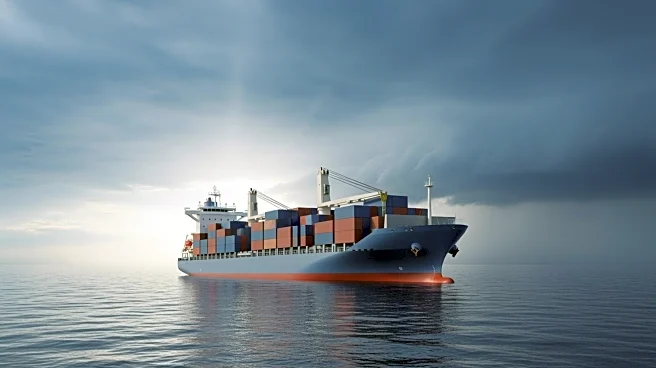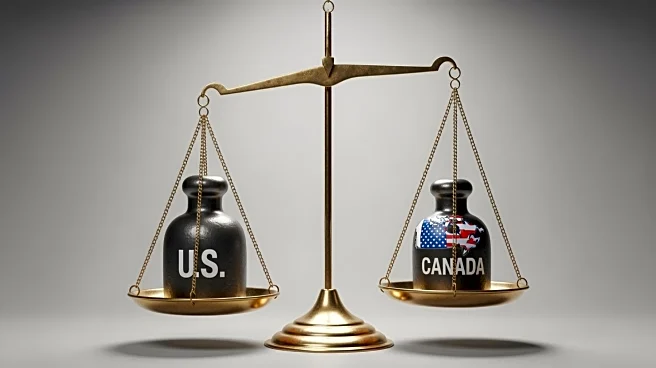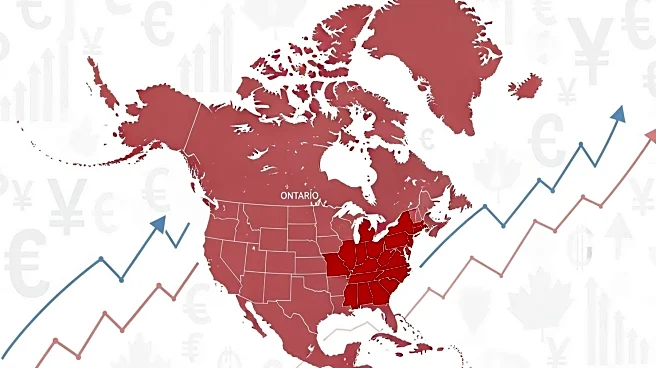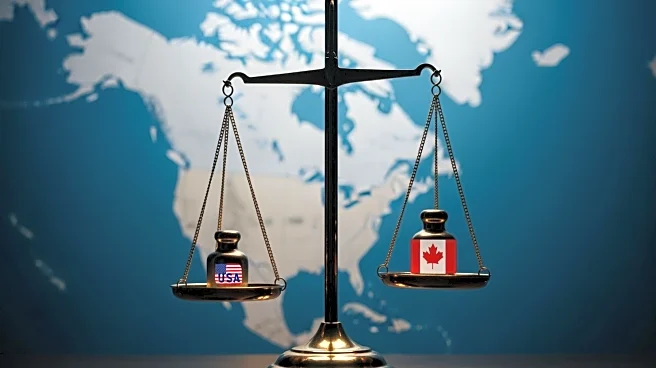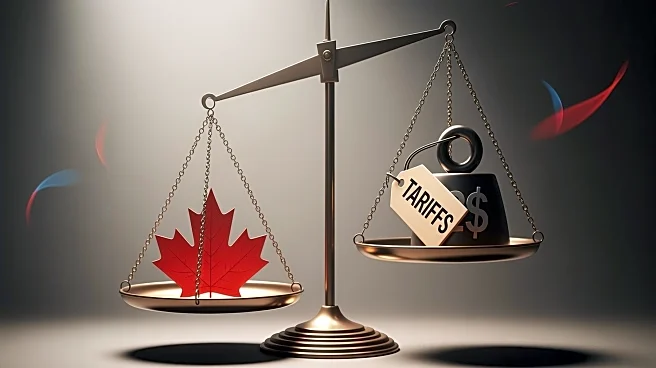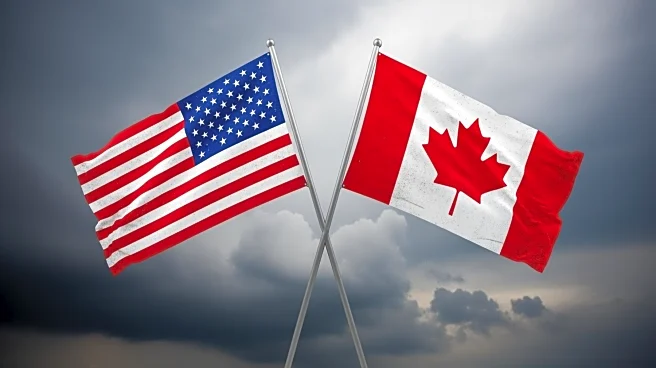What's Happening?
President Trump announced a 10 percent increase in tariffs on Canadian goods while en route to Asia. This decision was made in response to a television advertisement that criticized his existing tariff policies.
The announcement was made aboard Air Force One, highlighting the ongoing tensions between the U.S. and Canada regarding trade. The tariffs are part of a broader strategy by President Trump to address trade imbalances and protect American industries, although they have been met with criticism both domestically and internationally.
Why It's Important?
The increase in tariffs on Canadian goods is significant as it affects the trade relationship between the U.S. and Canada, two major economic partners. Tariffs can lead to increased costs for consumers and businesses, potentially impacting sectors such as agriculture and manufacturing. This move may also influence diplomatic relations, as Canada could retaliate with its own tariffs, further escalating trade tensions. The decision underscores President Trump's approach to international trade, prioritizing American economic interests but risking potential backlash from allies.
What's Next?
Following the tariff increase, there may be diplomatic discussions or negotiations between the U.S. and Canada to address the trade dispute. Canadian officials could seek to engage with U.S. counterparts to mitigate the impact of the tariffs and explore potential compromises. Additionally, businesses affected by the tariffs might lobby for policy changes or seek alternative markets to offset increased costs. The situation could also influence future trade agreements and negotiations involving the U.S. and other countries.
